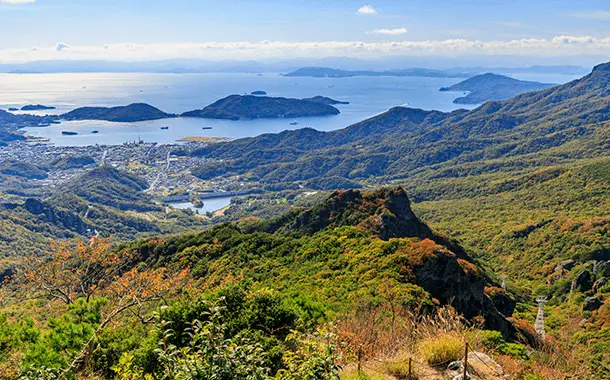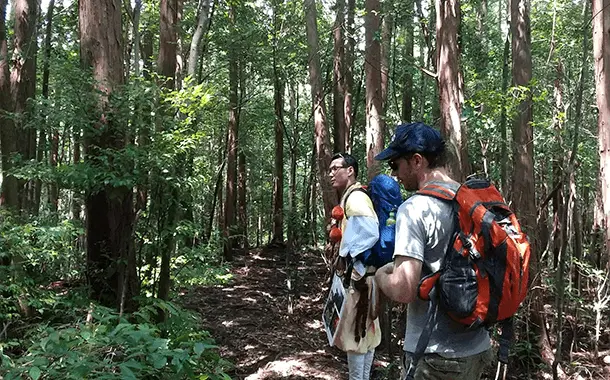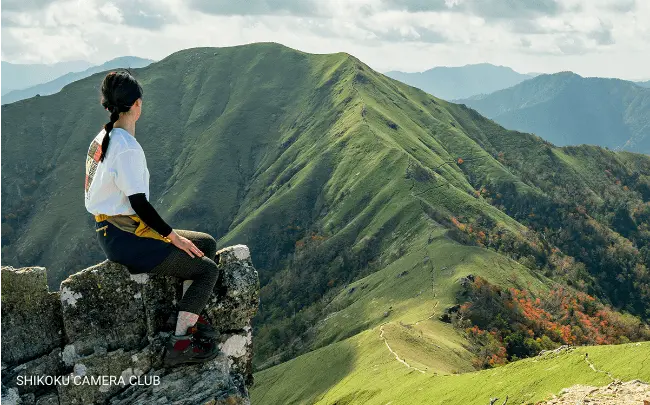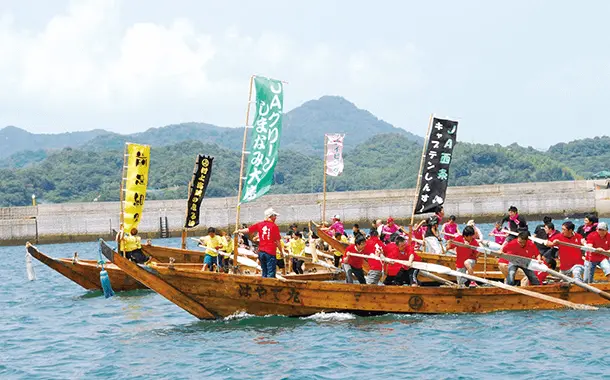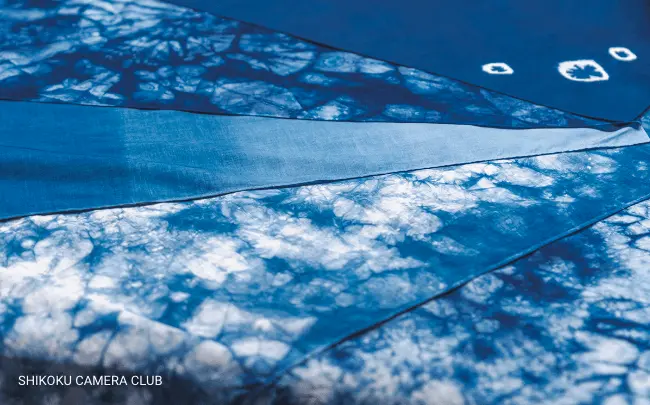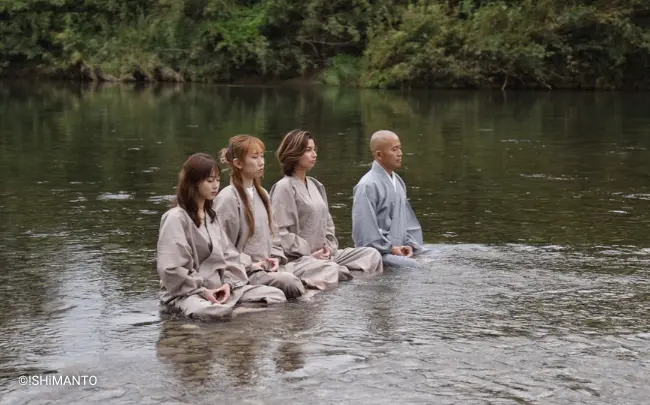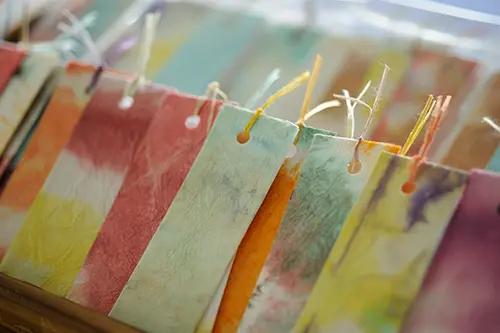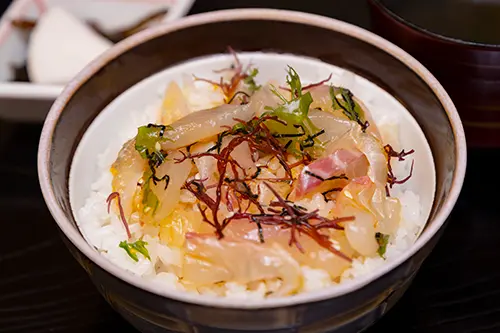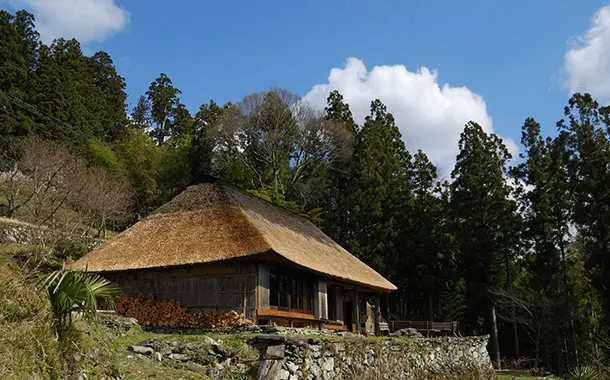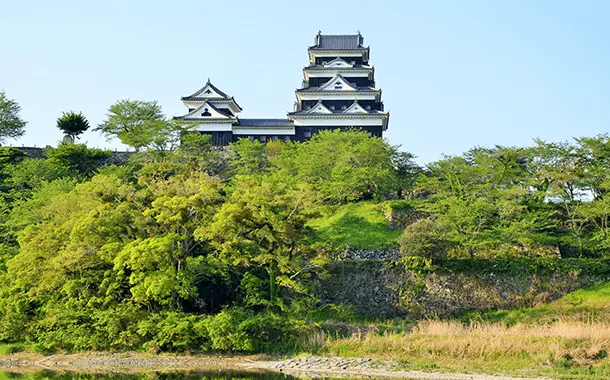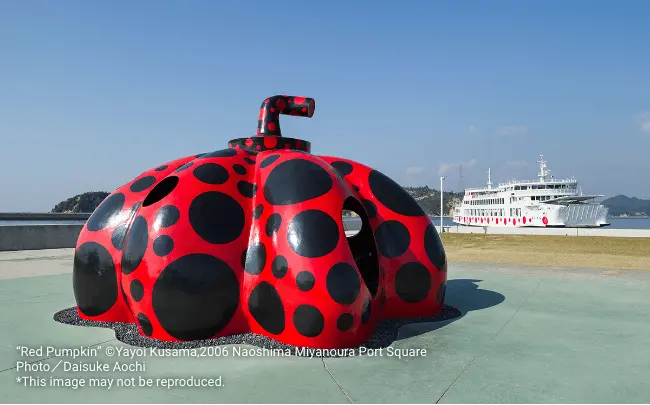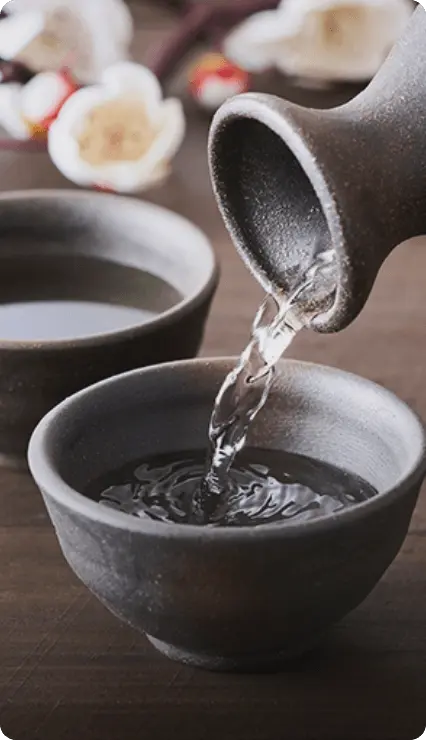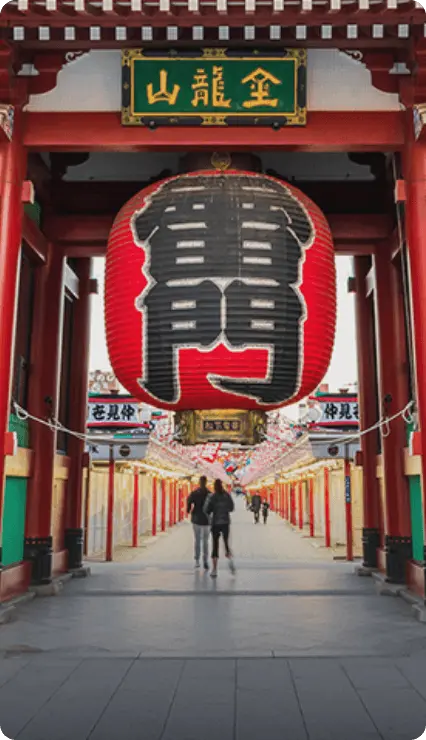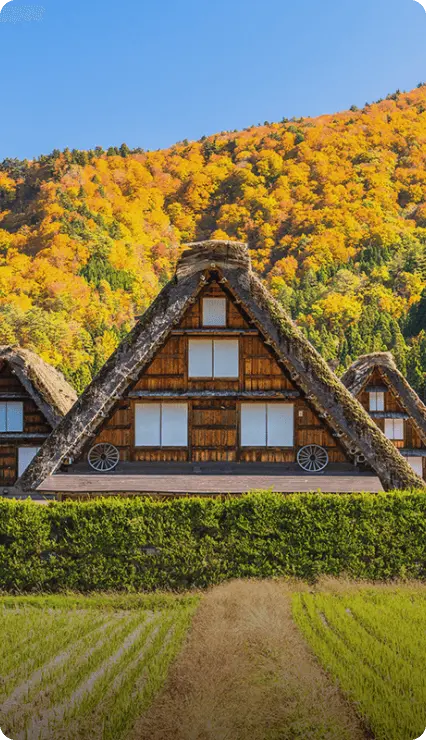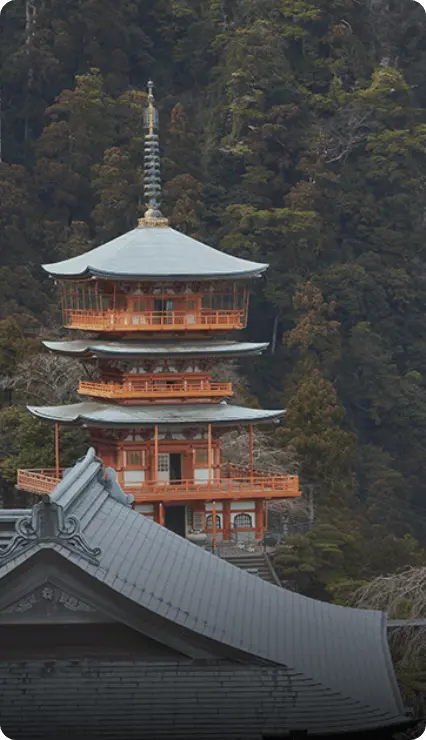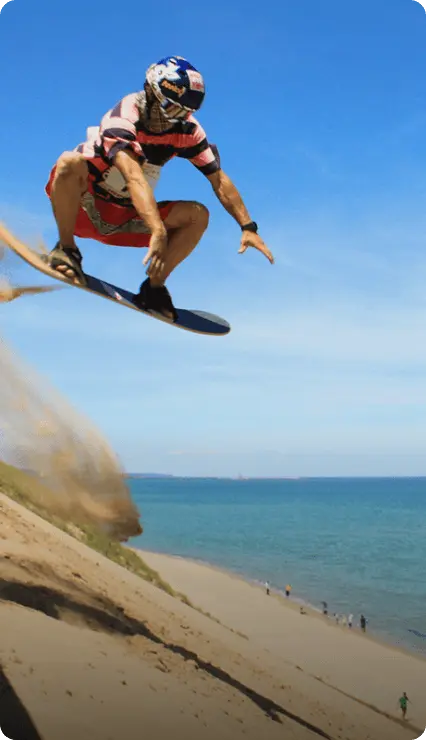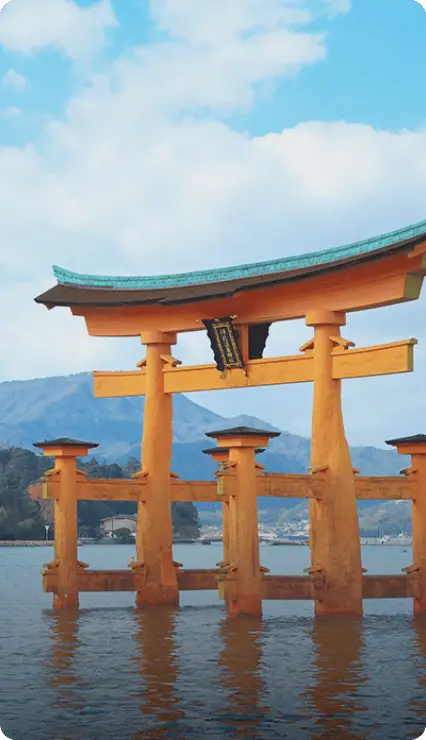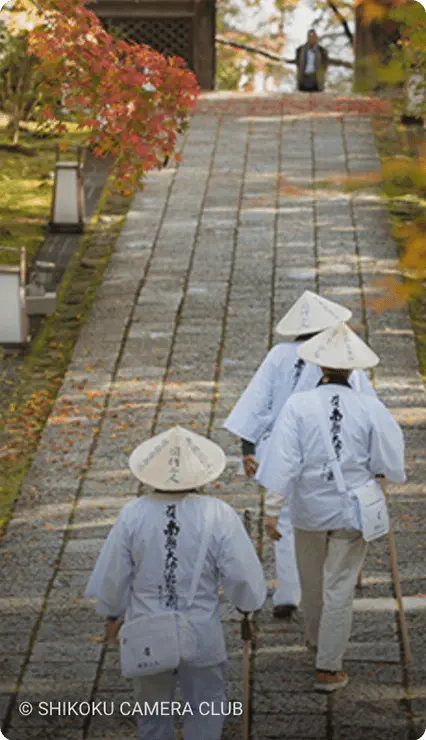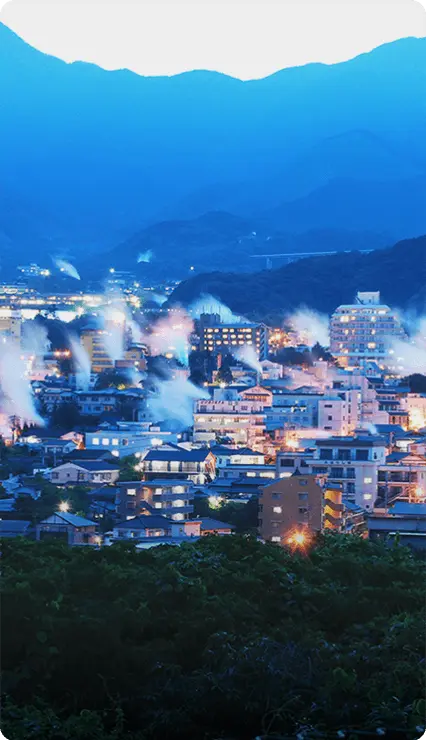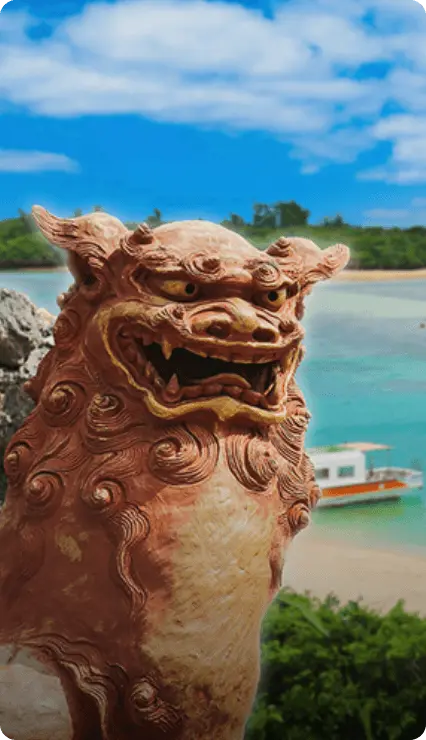Travel Experiences
in Shikoku
Nature
Enjoy spellbinding views of Shikoku from above
There's no better way to experience the majesty of Shikoku than from atop one of its numerous mountains. Regardless of your experience level, there are many ways and places to scale the slopes and take in the view. Hop on board the ropeway through the Kankakei Gorge where panoramic views await. Hike a spiritual trail in Kochi and follow in the footsteps of Shugendo pilgrims. Or take a 330-meter journey on a chairlift up nearby Mount Tsurugi for a resplendent view.
Culture
Unique cultural experiences found nowhere else
Despite its small size, Shikoku has developed its own unique traditions that have enticed visitors for centuries. One of the highlights is the annual Murakami Suigun Boat Race which takes place in the height of the summer. In Tokushima, an 800-year-old tradition of indigo dying lives on. And in Kochi's Iwamoto Temple, monks will guide you through the practice of meditating while sitting cross-legged in the Shimanto River.
Activity
Castle stays and art islands are just some of the activities on offer
Although natural sights in Shikoku are an important draw for tourists, the island's cultural activities are equally as fulfilling. In Ozu City, visitors can stay at Ozu Castle for an unforgettable night of accommodations, while Naoshima, a small island in the Seto Inland Sea, is famous for its art galleries and museums . In the Iya Valley, enjoy a leisurely overnight stay at Chiiori, a 300-year-old Japanese traditional home that will transport you to a time lost to history.
Shikoku
Shikoku is brimming with natural beauty and rich cultural traditions. At the island's heart, vast mountains and crystal-clear streams make for an impressive scene, while encircling the entire island is an ancient Buddhist pilgrimage route complete with no less than 88 temples.

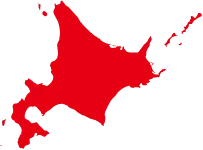



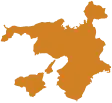






Hokkaido

Tohoku

Greater Tokyo

Central Japan

Kansai

San'in

Setouchi

Shikoku

Kyushu

Okinawa


